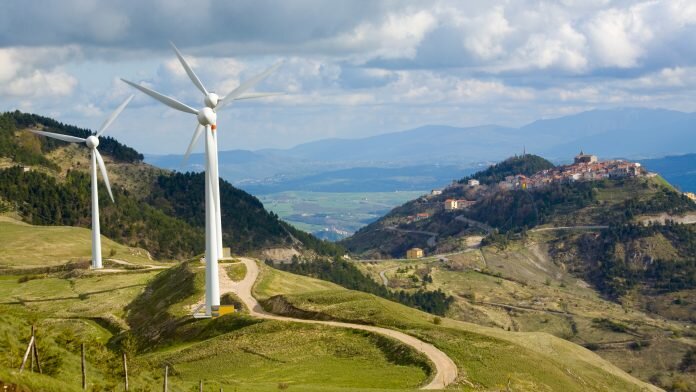
The European Commission has ruled that a €5.4bn Italian renewable energy initiative is permissible under the EU’s rules governing state aid.
The aid scheme proposed by the Italian government, which is set to run until 2021, will extend financial support to the generation of electricity from renewable sources, including wind, solar and hydroelectricity. Firms producing renewable energy will receive a premium in addition to the market cost of the energy they produce, to be no higher than the difference between the average cost of generating the energy and its market price.
Larger projects – defined as energy production above one megawatt – will be subject to a competitive bidding process; while smaller projects will be assessed individually for their eligibility for funding under the initiative, based on economic and environmental factors. The scheme comprises a ‘clawback’ mechanism, whereby if the market price of renewable energy exceeds the production costs in the future, energy producers will no longer receive the premium and will have to repay any excess funding to the government.
The Commission assessed the Italian renewable energy initiative under its 2014 guidelines on state aid for environmental protection and energy; and found that the aid provided by the government was at a proportionate level – as it only covers the discrepancy between renewable energy production costs and the market price – and that it had the desired effect of incentivising sustainable energy production, thereby contributing to Italy’s renewable energy targets. The Commission therefore found that the initiative was acceptable both from a state aid standpoint and within the context of the EU’s drive towards reducing emissions across Member States.
Margrethe Vestager, the EU’s Commissioner in charge of competition policy, said: “More renewable energy in power generation is essential for the future of our planet and environment. The €5.4bn scheme will increase the level of Italy’s electricity production from renewable sources. This is in line with the EU environmental objectives and our common state aid rules.”




















